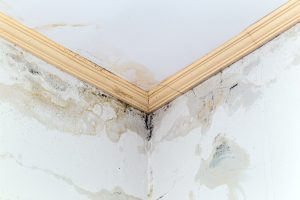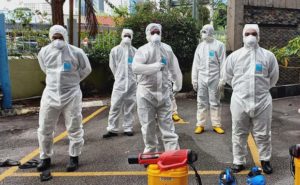How common is mold in buildings?
How common is mold in buildings? Molds are veritably common in buildings and homes.
Mold will grow in places with a lot of humidity, similar as around leaks in roofs, windows, or pipes, or where there has been submerging.
Some mold grows well on paper products, cardboard, ceiling penstocks, and wood products.
Mold can also grow in dust, maquillages, wallpaper, sequestration, drywall, carpet, fabric, and upholstery.
The most common inner molds are Cladosporium, Penicillium, and Aspergillus.
How do molds get in the inner terrain and how do they grow?

Mold is plant both indoors and outside.
Mold can enter your home through open doorways, windows, reflections, and air exertion systems.
Mold in the air outside can also attach itself to apparel, shoes, and faves can and be carried indoors.
When mold spores drop on places where there’s inordinate humidity, similar as where leakage may have passed in roofs, pipes, walls, ceiling, or where there has been submerging, they will grow.
Numerous structure accoutrements give suitable nutrients that encourage mold to grow.
Wet cellulose accoutrements, including paper and paper products, cardboard, ceiling penstocks, wood, and wood products, are particularly conducive for the growth of some molds.
Other accoutrements similar as dust, maquillages, wallpaper, sequestration accoutrements, drywall, carpet, fabric, and upholstery, generally support mold growth.
Credit https://www.cdc.gov/
Having problem with mold and spore? Reach us now to learn further about mold and spore remediation.
How do you know if you have a mold problem?
Large mold infestations can generally be noticed or smelled.
How do molds affect people?
Exposure to damp and moldy surroundings may beget a variety of health goods, or none at all.
Some people are sensitive to molds. For these people, exposure to molds can lead to symptoms similar as stuffy nose, gasping, and red or itchy eyes, or skin.
Some people, similar as those with disinclinations to molds or with asthma, may have further violent responses.
Severe responses may do among workers exposed to large quantities of molds in occupational settings, similar as growers working around moldy hay.
Severe responses may include fever and briefness of breath.
There’s no blood test for mold.
Some croakers can do mislike testing for possible disinclinations to mold, but no clinically proven tests can pinpoint when or where a particular mold exposure took place.
Who’s utmost at threat for health problems associated with exposure to mold?

People with disinclinations may be more sensitive to molds.
People with vulnerable repression or underpinning lung complaint are more susceptible to fungal infections.
Individualities with habitual respiratory complaint (e.g., habitual obstructive pulmonary complaint, asthma) may witness difficulty breathing.
Individualities with vulnerable repression are at increased threat for infection from molds.
Nevertheless, a good medical clinician should be consulted for opinion and treatment, if you or your family members have these conditions.
Having problem with mold and spore? Reach us now to learn further about mold and spores remediation.






